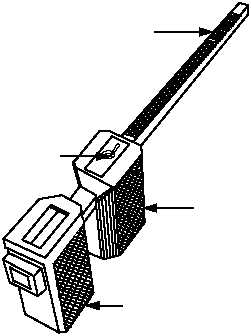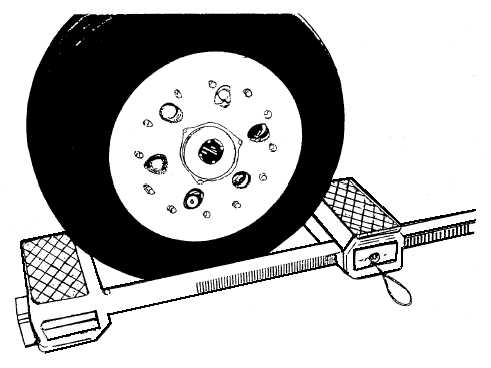and scrapers. Use compressed air to blow snow from
pockets. Use firemain water at 100 psi and steam lances
for undercutting ice. Use deck scrapers and auxiliary
hot-air heaters to clear flight-deck equipment, such as
wires, sheaves, arresting gear, and elevators, of ice.
Use normal deck procedures in cold weather, but
considerably more time is required because of the
excessive hazards involved. Use battens on control
surfaces.
Jury
struts
and
cockpit
covers
are
recommended. Tie-down the controls inside the aircraft
to eliminate the chance of movement of outer control
surfaces. Aircraft on ice or snow should always be
moved slowly. Avoid using the brakes as much as
possible when turning aircraft.
CAUTION
In severe cold weather environments, do not
lock the canopies of aircraft parked in the landing
area. Canopies will freeze "closed" and prevent
brake rider protection.
AIRCRAFT-HANDLING
ACCESSORIES
In addition to self-powered equipment, several
important handling accessories are required for safe
and efficient handling of aircraft. These accessories are
discussed in the following text.
Aircraft Wheel Chocks
Several types of aircraft wheel chocks are used by
the Navy. Of these, the NWC-4/NWC-5 polyurethane
universal wheel chock (fig. 10-7) is the most common,
particularly aboard aircraft carriers. On shore stations
you will find two polyurethane or wooden blocks
joined by nylon or manila line with different lengths to
accommodate different aircraft wheels sizes. Fig. 10-8
shows a wheel chock installed.
10-29
BAR
RELEASE PIN
ADJUSTABLE
BLOCK
FIXED BLOCK
ANf1007
Figure 10-7.—NWC-4/5 universal wheel chock.
Anf1008
Figure 10-8.—NWC-4/5 universal wheel chock installed.



